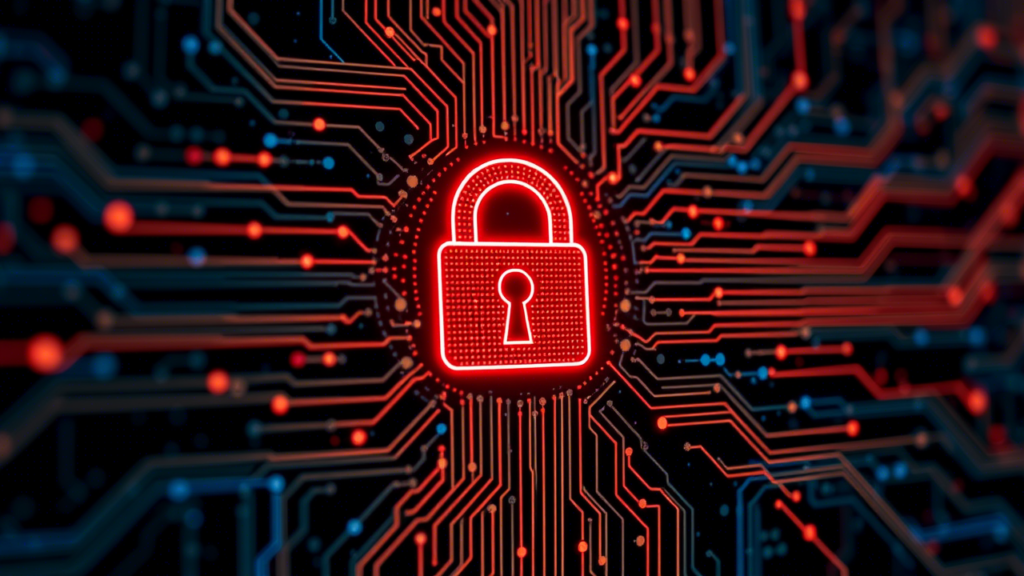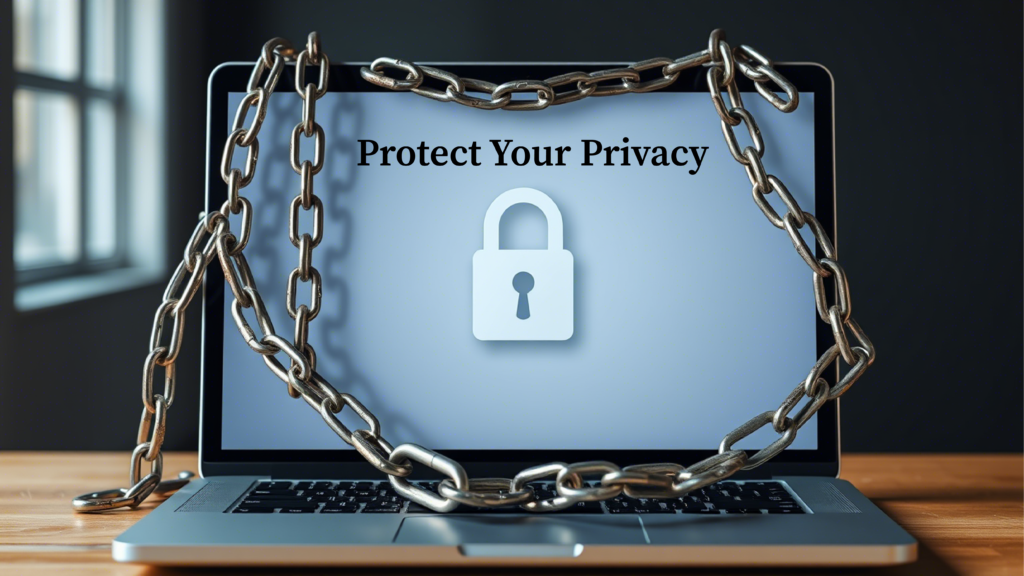Introduction
Did you know 1.4 billion social media accounts get hacked every month? From leaked DMs to hijacked profiles, cybercriminals exploit weak security to steal identities, drain bank accounts, and ruin reputations.
The Risks
- Identity Theft: Hackers clone profiles, impersonate you, or sell your data on the dark web. In 2022, the FTC reported 1.1 million identity theft cases, with social media as a prime target.
- Phishing Scams: Fake “account locked” emails or malicious links in DMs trick users into handing over passwords. Kaspersky found 40% of phishing attacks start on social platforms.
- Data Leaks: Oversharing birthdays, locations, or pet names gives hackers clues to crack passwords. Even private posts aren’t safe third-party apps with poor privacy settings often leak data.
- Reputational Damage: A hacked account can post offensive content, scam followers, or leak sensitive photos destroying personal or professional credibility overnight.
Who’s at Risk?
- Individuals: Your selfies, chats, and payment-linked accounts (like Instagram Shops) are goldmines.
- Businesses: A hacked corporate page can leak customer data or spread misinformation costing millions in fines.
- Influencers: Compromised accounts lose sponsorships, followers, and revenue.
This guide delivers 5 simple, actionable steps to secure social media accounts from basic fixes like enabling 2FA (two-factor authentication) to advanced tools like a VPN for social media encryption. Whether you’re a beginner or tech pro, you’ll lock down profiles, stop phishing scams, and block hackers in minutes.
Step 1: Strengthen Your Passwords & Use a Password Manager
Why It Matters
Weak passwords are the #1 reason hackers breach social media accounts. A single reused or simple password makes you an easy target for phishing attacks, data leaks, and identity theft. In 2025, over 80% of social media hacks started with compromised credentials. Secure your accounts now before a breach forces you to.
How to Create Unbreakable Passwords
- Build Fort Knox-Level Passwords
- Use 12+ characters with uppercase letters, symbols (e.g., @, #, &), and numbers. Example:
Travel#Paris2024!instead oftravelparis. - Avoid personal info like birthdays or pet names hackers mine these from your public profiles.
- Use 12+ characters with uppercase letters, symbols (e.g., @, #, &), and numbers. Example:
- Never Reuse Passwords
- Reusing passwords across Instagram, Facebook, or LinkedIn? One leak could expose all accounts.
- Fix It Fast: Use a password manager like Dashlane or LastPass to generate/store unique passwords. These tools auto-fill logins and sync across devices securely.
Enable biometric logins (fingerprint/face ID) on apps like Instagram and Facebook. This adds a physical layer of defense even if your password leaks.
Password Managers: Your Social Media Security Guard
- Top Picks: NordPass and 1Password offer encrypted vaults, phishing protection, and cross-device access.
- Set-Up Guide:
- Install the manager.
- Use its “password generator” to create a strong code (e.g.,
Xq9$vL2@mT#eR5). - Save it to your vault. Done.
Step 2: Enable Two-Factor Authentication (2FA)
Why It Matters
Two-factor authentication (2FA) is your digital shield against hackers. With social media hacking rising by 67% in 2024, 2FA adds a critical security layer, blocking 99% of automated attacks. It ensures only you access your accounts, even if passwords leak.
How to Enable 2FA: A Step-by-Step Guide
Types of 2FA: Choose Wisely
- SMS-Based 2FA (Least Secure): Gets codes via text. Avoid if you’re serious about phishing prevention hijacked SIM cards can bypass this.
- Authenticator Apps (Google/Microsoft Authenticator): Generates codes offline. Ideal for secure social media no network needed.
- Hardware Keys (Yubico/Titan): Unbeatable for social media hacking prevention. Plug the key to log in zero phishing risks.
Platform-Specific 2FA Setup
- Go to Settings → Security → Two-Factor Authentication.
- Pick Authentication App or Security Key. Avoid SMS.
- Enable biometric login for instant access.
- Navigate to Settings → Security → Two-Factor Authentication.
- Select Authentication App for data leak prevention.
- Add a backup hardware key for social media identity theft protection.
Twitter/X
- Head to Settings → Security → Two-Factor Authentication.
- Use Authentication App or Security Key.
- Monitor active sessions regularly under Security.
Step 3: Audit Privacy Settings & Limit Data Exposure
Why It Matters
Your social media profiles are treasure troves of personal data. Hackers exploit weak privacy settings to steal identities, launch phishing scams, or hijack accounts. A 2024 study revealed that 68% of social media breaches start with overshared information. Locking down your privacy isn’t optional it’s critical for secure social media use.
Platform Breakdown
- Limit Past Posts: Restrict old posts to “Friends Only” to erase public data trails.
- Go to Settings → Privacy → Limit Past Posts
- Disable Location Tracking: Turn off Location Services to stop Facebook from logging your movements.
- Navigate to Settings → Location → Disable
- Block Facial Recognition: Prevent Meta from storing biometric data.
- Visit Settings → Face Recognition → Disable.
- Make Account Private: Switch to a private profile to approve followers manually.
- Tap Settings → Privacy → Account Privacy → Enable “Private Account”
- Hide Stories from Strangers: Limit story views to “Close Friends” only.
- Go to Story Settings → Hide Story From → Select users.
- Disable Activity Status: Stop showing when you’re online.
- Navigate to Settings → Privacy → Activity Status → Disable.
- Hide Your Connections List: Prevent recruiters or scammers from copying your network.
- Adjust via Settings → Visibility → Connections List → “Only You”
- Block Data Harvesting: Opt out of third-party data sharing under Settings → Data Privacy → “Manage Partner Permissions”.
- Anonymize Profile Views: Browse privately to avoid revealing your identity.
- Enable Private Mode in Settings → Visibility → Profile Viewing Options.
Advanced Move
Social platforms sell your data to advertisers, increasing phishing and identity theft risks. Here’s how to fight back:
- Kill Ad Personalization:
- Facebook: Settings → Ads → Ad Settings → Disable “Data about your activity”.
- Instagram: Settings → Ads → Data Usage → Toggle off all options.
- LinkedIn: Settings → Ads → “Demographic Data” → Disable.
- Revoke Third-Party App Access:
- Check Settings → Security → Apps & Websites on Facebook/Instagram and remove unused integrations.
- For LinkedIn, visit Settings → Partners & Services → Remove Suspicious Apps.
Step 4: Recognize Phishing & Scam Tactics
Why It Matters
Did you know 91% of social media breaches start with phishing attacks? Hackers craft fake emails, urgent DMs, and malicious links to hijack accounts, steal identities, or leak sensitive data. A single click on a “password reset” scam can expose your entire digital life. For proof, check Verizon’s 2023 Data Breach Report highlighting phishing as the #1 threat.
Red Flags
Phishing tactics evolve yearly, but these top 3 red flags remain consistent:
- “Account Locked” Emails: Fake alerts from “Facebook Support” or “Instagram Security” with mismatched sender addresses (e.g., support@faceb00k.com).
- Urgent DMs: Messages like “Your video went viral! Click here!” from unknown followers.
- Suspicious Links: Shortened URLs (bit.ly/xxx) or domains mimicking real platforms (tw1tter-login.com).
In 2024, scammers also use deepfake videos and AI-generated voice calls to impersonate contacts.
How to Protect Your Accounts
1. Verify Sender Addresses Relentlessly
Always check the exact email domain. For example, LinkedIn uses “@linkedin.com”—not “@linkedin-support.org”. For DMs, cross-verify via official app notifications.
2. Install MetaCert’s Phishing Protection
This free browser extension flags fake login pages in real-time. It blocked 2.1 million phishing sites in 2023, including counterfeit Instagram and Twitter pages.
3. Use a VPN to Encrypt Social Media Traffic
Public Wi-Fi is a hotspot for “evil twin” networks hosting fake login pages. A VPN for social media like NordVPN or ExpressVPN encrypts your data, making it unreadable to hackers.
Step 5: Monitor Activity & Revoke Suspicious Access
Why It Matters
Social media identity theft and data leaks explode when you ignore activity monitoring. Hackers thrive on undetected access stealing personal data, spreading scams, or hijacking accounts for phishing attacks. Early detection stops breaches before they escalate.
How to Secure Your Accounts
1. Check Active Sessions
Every social platform tracks your login history.
- On Instagram, head to Settings > Security > Login Activity to spot devices or locations you don’t recognize.
- Facebook users can review sessions under Settings > Security and Login > Where You’re Logged In. Log out suspicious entries instantly.
2. Review Connected Apps
Is that quiz app linked to Facebook? It might be harvesting data right now. Visit Facebook’s Apps and Websites settings or Twitter’s Connected Apps tab to revoke access for unused tools. Phishing prevention starts here attackers exploit weak third-party permissions.
3. Set Up Alerts
Enable login notifications on all platforms. For example:
- Instagram: Settings > Security > Two-Factor Authentication > Get Alerts
- Twitter: Settings > Security > Login Verification
Get SMS or app alerts for unrecognized logins. Pair this with biometric login (fingerprint/face ID) for bulletproof 2FA.
Bonus: Secure Public Wi-Fi with a VPN
Public Wi-Fi networks coffee shops, airports, hotels are hacker playgrounds. 83% of identity thefts in 2023 stemmed from unsecured connections, with social media accounts as prime targets. Here’s how to bulletproof your profiles.
Why Public Wi-Fi = Social Media Nightmare
Open networks expose your Instagram DMs, Facebook logins, and Twitter activity to data leaks and phishing attacks. Hackers deploy “evil twin” hotspots or packet-sniffing tools to hijack sessions, steal credentials, and clone accounts. Social media privacy settings can’t save you here your IP address and traffic are naked.
How a VPN Fortifies Your Social Accounts
A VPN for social media encrypts every byte of data, turning your posts, messages, and logins into unreadable code for hackers. It also:
- Hides Your IP Address: Disguises your location, blocking geo-targeted phishing scams.
- Kills Tracking: Stops advertisers (and spies) from monitoring your activity for ad personalization or attacks.
- Blocks Phishing Sites: Top VPNs like NordVPN integrate MetaCert phishing protection, red-flagging fake login pages.
Top 2025 VPNs for Social Media
- NordVPN: 7100+ servers in 118 countries + Threat Protection to nuke malware/phishing links. Use Meshnet for private social sharing.
- ExpressVPN: Lightway Protocol offers 2X faster speeds for Instagram Stories/TikTok uploads. Certified zero-logs and RAM-only servers.
- Surfshark: Unlimited device coverage + Camouflage Mode to bypass VPN blocks on restrictive networks.
FAQs
Q: How often should I change my passwords?
A: Ditch outdated “monthly changes” focus on unbreakable passwords (12+ characters, symbols) via a password manager like Dashlane. Update only after leaks (check HaveIBeenPwned).
Q: Is SMS-based 2FA safe?
A: Hackers bypass SMS 2FA via SIM swaps. Use authenticator apps (Google/Microsoft) or hardware security keys (YubiKey) for bulletproof phishing prevention.
Q: Can a VPN prevent hacking?
A: A VPN for social media (NordVPN/ExpressVPN) encrypts traffic on public Wi-Fi, blocking data leaks. Pair it with 2FA for ironclad social media hacking prevention.
Q: What if I’ve already been hacked?
A: Immediately revoke third-party app access, reset passwords via a password manager, enable biometric login, and report to the platform’s scam alerts team.
Conclusion
Securing your social media accounts is paramount in today’s digital landscape, and by implementing these five simple steps, you are taking proactive control of your online safety. From employing strong, unique passwords managed by a secure password manager to enabling two-factor authentication and auditing your privacy settings, each measure significantly reduces your vulnerability. Recognizing phishing attempts, monitoring account activity, and using a VPN on public Wi-Fi networks provide additional layers of protection. Prioritizing these strategies safeguards your personal information, protects your reputation, and ensures a safer social media experience.


